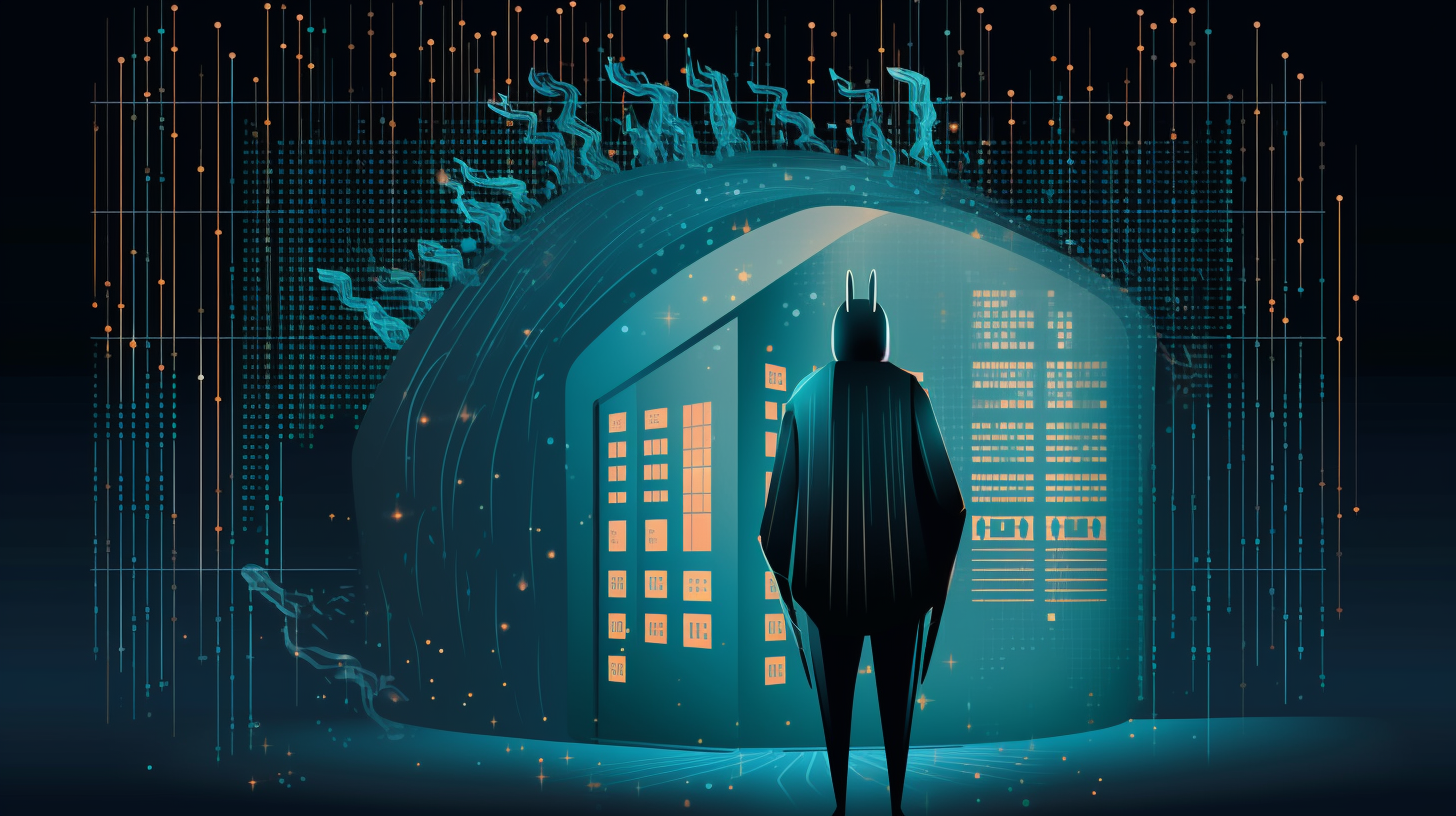Conquering Cyber Fortresses: A Deep-Dive Into Penetration Testing Techniques in CompTIA Security+ (SY0-601)

Our world is only getting more digitally interconnected. Eons away from smoke signals and carrier pigeons, our communications are a matrix of ones and zeros streaming incessantly across the globe. But with this evolution, there's a catch - we're also neck-deep in the murky waters of cybersecurity. But fear not! For there's a shining beacon in the dark: the noble practice of penetration testing, known colloquially, and rather excitingly, as the art of 'ethical hacking'. So, buckle up! Let's delve into this captivating world, a crucial section of the CompTIA Security+ (SY0-601) exam.
An Introduction to Penetration Testing
Penetration testing is the big bad wolf of cybersecurity. It huffs and puffs, not to obliterate, but to identify and fortify any potential weak spots in our metaphorical house of straw. The goal? Beef up security lest conniving hackers blow our house down. Smart, right?
Remember, penetration tests are not willy-nilly affairs. With a method to the madness, these tests need strategic planning, a clear set of objectives, and a robust methodology. For those prepping for the CompTIA Security+ (SY0-601) exam, mastering these elements is of paramount importance.
Mapping the Testing Landscape: Techniques at a Glance
You have a smorgasbord of penetration testing techniques to choose from. Each technique carries its own unique allure and challenges. Shall we clear the fog and lay them all out on the table?
1. Black Box Testing
Imagine going into battle blindfolded. Living on the edge, right? That's black box penetration testing for you. Testers have no knowledge whatsoever about the system they are attempting to infiltrate. It's intense, sure, but also a fiery test of one's skill. You've gotta think like a hacker, remember?
2. White Box Testing
On the other hand, white box testing grants you X-ray vision. Testers possess complete knowledge and unrestricted access to every minute detail of the system under testing. It's like turning your house upside down and shaking out all potential hiding spots. This method leaves no stone unturned, finding potential weaknesses a hacker may exploit.
3. Gray Box Testing
If black box testing sounds too audacious and white box too comfortable, why not meet in the middle? With gray box testing, testers have limited knowledge about a system. It's not a walk in the park, yet it delivers a reasonable and authentic assessment of security loopholes.
The Quintessential Quintet: Five Phases of Penetration Testing
Ah, the meat and potatoes of our feast! Penetration testing is structured into five phases. Each phase plays a pivotal role, shaping the outcome of the test. And folks, each of these stages is ripe for mastering for the CompTIA Security+ (SY0-601) exam.
1. Reconnaissance
The first phase is 'Reconnaissance'—a fancy term for gathering intelligence. Think of it as doing your homework, as you collect pertinent information about the targeted system.
2. Scanning
After the info-gathering comes 'Scanning'. Using an arsenal of tools like Nessus or Wireshark, testers identify potential targets and vulnerabilities within the system. It's akin to using a metal detector to find the hidden treasure of exploitable weaknesses.
3. Gaining Access
The third phase is 'Gaining Access'. The tester attempts to exploit discovered vulnerabilities. This isn't just about smashing through doors, no siree! It's about elegance, finesse, and trickery.
4. Maintaining Access
'Maintaining Access' can be a tricky beast. Once inside, testers must ensure they can continue accessing the system. It's like being a ghost in the machine, going unnoticed while you freely wander the system.
5. Covering Tracks
Last, but certainly not least, is 'Covering Tracks'. What good would a test be if the signs of infiltration are left behind? Completing this phase ensures your presence in the system goes undetected, resembling a real-life hacker's stealth.
Final Thoughts: A Pen Tester’s Journey
Diving into the world of penetration testing is like venturing into the belly of the beast. But remember folks, it's a thrilling and rewarding journey. Not only will it help you ace your CompTIA Security+ (SY0-601) exam, but this knowledge also prepares you for a productive career in the fast-paced, ever-evolving landscape of cybersecurity. So carpe diem! Seize this opportunity to immerse yourself in the art of ethical hacking, and help keep our digital homes secure.